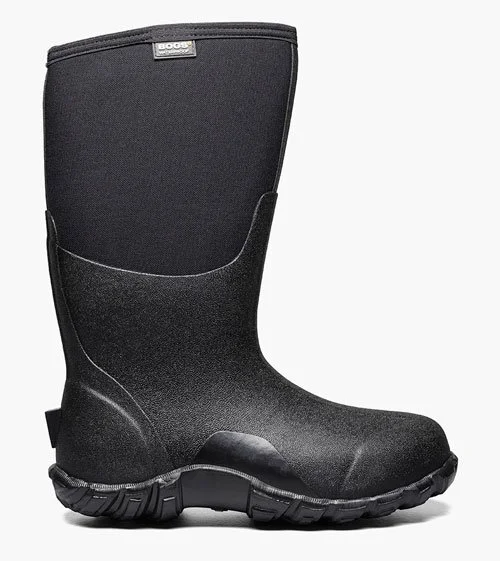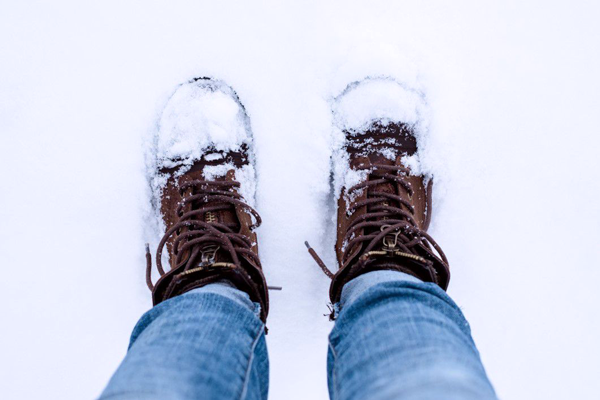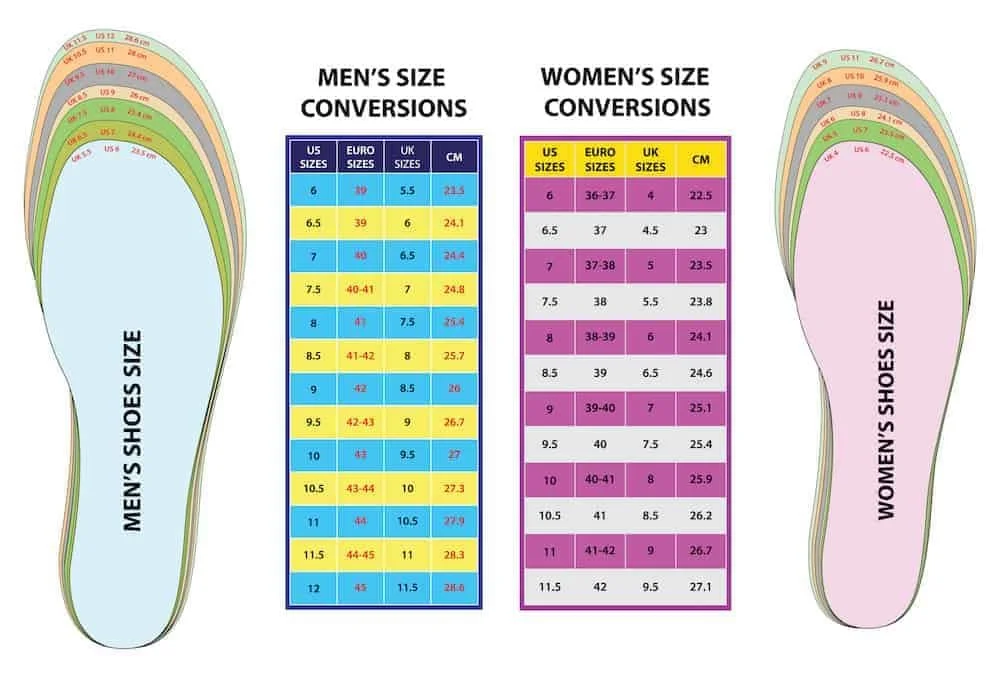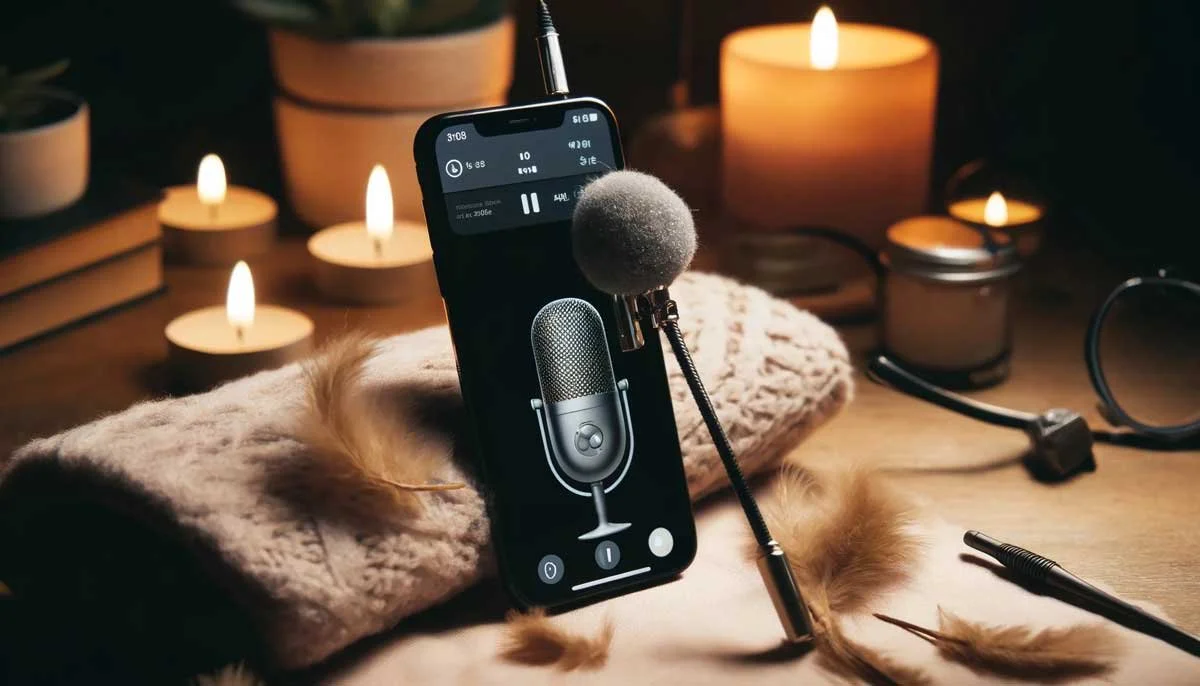Best Snow Hiking Boots
Learn about the most important features when it comes to boots for snow hikes in this post!
This post features the best snow hiking boots for outdoor adventures, at and below freezing.
Whether you’re bagging peaks in the heart of winter, or hiking your favorite trail in January, you’ll need the best pair of cold weather boots to keep your feet warm in sub zero temperatures.
As an avid backpacker, I’ve done the research to find the best hiking boots for extreme cold.
In this post, you’ll learn about what features are most important, and which ones are nice to have, so you can make the best purchasing decision for yourself and your budget.
Best Extreme Cold Weather Boots
Below you’ll find my recommendations for the best snow hiking boots on almost any budget.
The recommendations are sorted by use and price from low to high.
Best Extreme Cold Weather Boots for Hiking:
Budget: Kamik Nation Plus
Value: Bogs Classic High
Best: Baffin Impact Boots
Best Extreme Cold Weather Boots for Hiking
Standard hiking boots are not suitable for snow hiking.
Proper footwear for these extreme environments have thick rubber soles, plenty of insulation, soft and comfortable uppers, and thick, insulated insoles to prevent heat loss from the snow and ice under your feet.
They should also have a reliable and quick lacing system, with flexible uppers that allow you to take the boots off and on while wearing gloves or mittens.
Make sure to go at least a half-size up from your normal shoe size. You don’t want your boots to be too tight, as it’s the trapped air between layers that actually creates warmth.
Below you’ll find my top recommendations for sub zero hiking boots ranked by price.
Best Budget Hiking (-40°F)
The Kamik Nation Plus is the best boots for hiking in the snow on a budget.
For less than $100, you get a rugged, leather upper boot built for comfort down to -40°F.
At 3 lbs 10.3 oz, the Kamik Nation Plus boots are significantly lighter than most offering this level of cold protection, making them a great choice for hiking.
They’re able to remain lightweight while still offering protection against extreme cold temperatures because the inner liner retains its loft, while competitors sew the insulation behind the liner, causing it to become compressed and lose some of its insulative capability.
The inner liner is removable, allowing for fast drying and efficient airing out, should it become wet or stinky.
The only downside to the Nation Plus boot is its waterproofing. Though the exterior rubber and leather layers are waterproof, as is the gusseted tongue, the seam that attaches the tongue to the boot is not.
The tiny holes at this seam allow water to seep into the boot, where it is quickly absorbed by the insulation.
Bottom Line: The Kamik Nation Plus boots have a lot to like for being so cheap. They’re lightweight and very warm. However, they’re only waterproof up to the base of the tongue, so if you expect to encounter water deeper than 4”, look elsewhere.
| Warmth | Weight (pair) | Height | Weather Resistance |
|---|---|---|---|
| -40°F | 3.64 lbs | 11.25 in | Waterproof to 4", Windproof |
Pros
- Affordable
- Lightweight
- -40°F temperature rating
- Lots of color options
Cons
- Not 100% waterproof
- Traditional laces
*The Kamik Nation Plus is only available in men’s sizes. To convert your women’s shoe size to men’s, subtract 1.5 from your shoe size. A women’s size 8 is a men’s size 6.5. Widths are the same, hopefully shoe sizes will be standardized soon.
Best Value Hiking (-40°F)
The Bogs Classic High are the best value boots for hiking in the snow.
These boots really are a classic, and are the ones that started the entire Bogs brand back in 2002.
Since then, Bogs have been one of the top recommended winter boots for extreme cold conditions including Arctic Expeditions.
Though boasting an impressive temperature rating of -40°F, they are not ideal for people with wide feet.
Since the Classic Highs only come in one width, users with wide feet report that the tight fit of the boot restricts blood flow to the toes, causing them to feel cold.
The pull-on system makes putting on the boots easy and fast, though I wish they had handhold cutouts or tabs to get a better grip.
Bottom Line: The Bogs Classic High boots are a trusted staple among extreme cold weather hikers. Though not the lightest boots, they’re 100% waterproof all the way up to the cuff and the high quality rubber is worth its weight. Stay away if you have wide feet.
| Warmth | Weight (pair) | Height | Weather Resistance |
|---|---|---|---|
| -40°F | 5.03 lbs | 15 in | 100% Wind & Waterproof |
Pros
- Great value
- Pull-on design
- -40°F rating
- 100% wind & waterproof
Cons
- No handhold cutouts or pull-on tabs
- Not for people with wide feet
Best Overall Hiking (-148°F)
The Baffin Impact boot is the premier option for snow hikes in extreme cold weather, with temperatures well below 0°F.
Boasting a jaw-dropping temperature rating of -148°F, the Baffin Impact is the warmest boot in the world.
Tested at both the North and South Poles, the Impact is built to keep you warm under the most demanding conditions.
Features:
Arctic Rubber Shell - lightweight flexibility, cold-resistance and resilience.
Vaporized Aluminum - energy reflection and heat regulation.
Thermaplush Liner - soft, removable, moisture wicking liner.
Diamond Net Insulation - windproof protection and lightweight.
Double Buckle - fast, secure fit with gloves or mittens.
Bottom Line: The Baffin Impact boots are the absolute best choice for hiking in extreme cold. They’re designed to keep you warm in the most brutal environments on Earth, are extremely comfortable, and built to last. Their only downsides are their weight and only waterproof to 3” deep, due to the seam between the outsole and upper.
| Warmth | Weight (pair) | Height | Weather Resistance |
|---|---|---|---|
| -148°F | 7.42 lbs | 15 in | Windproof, Waterproof to 3" |
Pros
- Build quality
- -148°F temperature rating
- Very comfortable
- Buckle system
- Black or snow camo
Cons
- Expensive
- Heavy
- Not 100% waterproof
Why You Should Trust Us
My name is Jared Blake. I’m a nature sound recording artist who often backpacks deep into remote wilderness regions to capture pure nature sounds, void of noise pollution.
I’ve been recording sounds since 2019 and backpacking since 2015 and have learned a lot about hiking gear for all the seasons.
As a consumer, I don’t like to waste money on inferior products and am usually willing to splurge for “the best”. Having said that, I weigh cost against features and am always looking for products that outperform their price tag.
Important Features To Consider
Whether you need boots that will keep your feet warm at the top of Mt. Everest, or just for a casual snow hike with your dog, some winter boot features are of equal importance.
Before purchasing your pair of winter boots, it’s important that you understand the following features so you can select and purchase the best one for your unique needs with confidence:
Without further ado, let’s start learning!
Temperature Rating
Temperature rating is the most important factor to consider when shopping for a pair of extreme cold weather boots.
If your boots aren’t rated for at least the temperatures you plan to face, you will get cold!
The temperature rating can be found in the “specifications” or “technical details” for any high quality winter boot.
*If you cannot find the temperature rating, there’s a good chance that those boots aren’t built to withstand sub zero temperatures.
It’s important to note that most temperature ratings for winter boots are based on moderate to high levels of activity.
This means that, in order to be comfortably warm while wearing them, you must be active with your heart rate between 60-80% of your max heart rate.
To calculate your max heart rate, subtract your age from 220 beats per minute.
So, for a 35-year-old, their max heart rate would be 185 beats per minute (bpm). If their heart rate averages between 110-150 bpm while wearing their boots, they can trust the boot’s temperature rating.
Hikers have no problem meeting this criteria and can select a boot with the temperature rating you need.
Hikers work hard while wearing their boots. Their elevated heart rates means they can select a pair of boots with the temperature rating they expect to face.
Weatherproof
No matter what you use your winter boots for, they need to be weatherproof.
Boots for this purpose need to withstand wind, snow, ice, and possibly rain on rare occurrences.
Even in sub zero temperatures, ice and snow can melt when close to your body, and you don’t want your boots (and feet) to be vulnerable.
Wet feet can spell disaster under extreme cold conditions, whether it just ruins your trip or causes frostbite.
Nowadays, most winter boots are water and wind resistant, but always double check.
GoreTex, rubberized coatings, and leather are all good options.
Fit
Getting the right fit is critical for your boots to perform properly.
Although this varies by brand, you’ll want to go a half-size or a full-size up from your normal shoe size.
You want a slightly larger boot size for two reasons:
Accommodate multiple sock layers/thick socks
Create trapped air layers
Socks
For extreme cold temperatures, wearing two layers of socks is recommended.
The first pair should be thin and moisture wicking.
Over the first pair, pull on a pair of thick thermal socks.
To accommodate both these sock layers, go up at least one half-size from your normal shoe size.
Trapped Air
Winter boots work by trapping air between the layers of the boot. These air layers are then warmed by the heat of your feet and the insulative layers of the boot’s construction keeps the warmth locked in.
If your boots are too tight, you’ll lose this layer of trapped air and your feet will get cold.
To get the perfect fit, wear the socks that you plan to wear with the boots, push your toes all the way forward into the toebox, and try to fit your index finger behind your heel. If your finger fits, that’s the perfect fit to maximize warmth!
To maximize the performance and warmth of your boots, go up one half or full size from your normal shoe size. You should be able to fit your index finger behind your heel with your toe pushed all the way forward into the boot.
This extra room accommodates for thick socks and creates a layer of trapped air around your foot that will help keep you warm.
Lacing System
Boots designed for extreme cold weather have various lacing systems:
Traditional Shoelaces - standard shoe strings.
Pull-On - holds foot in place with snug boot construction.
Buckles - buckles with cinching straps.
BOA lacing system - twist knob with stainless steel wires
All options are serviceable for sub zero boots, and each has pros and cons. After understanding each option, you can choose which one is best for your purposes.
Traditional Laces:
Traditional laces have the advantage of being familiar. We all know how to lace them up and can do so blindfolded.
However, they’re not the most durable and may not be the best choice for extreme cold.
If you’ve ever tried to lace up a pair of boots outside in winter, you know how difficult it can be.
The thin laces require ungloved hands to manipulate, and your fingers quickly become frigid and stiff. I’ve been in situations where I had to partially lace my boots and stuff my hands in my pockets to warm up before finishing the job.
Besides that, laces are subject to fraying and breaking, which can really cause problems if you’re far away from a warm place and without an extra set to replace them.
However, some laces are more durable than others, and if you’re a daytrip hiker, you can simply put your boots on before leaving the comforts of home.
On the other hand, for overnight backpackers, putting on and taking off your boots in extreme cold before entering your tent can be a real drag. Totally doable, but not enjoyable for most.
Pull-On:
Pull-on boots are extremely straightforward.
Instead of laces or other mechanical method of securing your foot in the boot, a secure fit is provided by the snug construction of the boot itself.
Pull-on boots usually have handholds or cutouts at the top of the boot, which give you a leverage point to help pull the boots on.
With no way to loosen them, pull-on boots can be difficult to get on and frustrating to take off, as any sweat or moisture will make the boots even tighter.
Buckles:
Buckle lacing systems are easy to operate and tighten with gloves or mittens on.
They use a plastic buckle and cinching straps to secure your foot in the boot.
For optimal use, keep the buckles connected at all times and tighten or loosen the straps by pulling on the end of the buckle or the strap itself. This is most efficient since it can be difficult to depress the release tabs on the buckle with gloved hands.
Because your foot is only secured where the strap is, some users feel like their foot isn’t fully secured in the boot. However, though the fit may feel strange at first, give them a solid try and I’m optimistic that you’ll change your mind.
BOA System:
The BOA lacing system was originally designed for snowboard bindings. It is an innovation that uses a twist knob to tighten down a web of stainless steel wires, locking your foot in place with evenly dispersed pressure.
The knob allows for easy, micro-adjustments in tightness so you can get the perfect amount of hold.
The knob is easy to turn with gloves on but can be difficult with mittens.
When you need to take the boots off, simply press the button and the pressure will be released.
One of the only downsides to the BOA system is the amount of time it takes to tighten.
Although easy to spin, it can take 10-12 twists of the knob to tighten a pair of size 10 boots.
Traction
Depending on your use, your sub zero boots will have to provide sufficient traction on ice, snow, and rock.
The best soles for the job have a high rubber count with deep lugs for superior grip and traction.
Weight
The weight of your boots is also an important factor to consider before purchasing.
With every step you take, your body will be carrying the weight of your boots and heavy ones will slowly drain your energy during prolonged use.
For hikers, weight is very important since you’ll be taking thousands of steps every day while wearing your boots.
In any case, all users of extreme cold boots will benefit from a lighter pair, and I recommend you purchase the lightest pair that meets your temperature requirements.
Support Acoustic Nature
If you enjoyed this post and would like to help support Acoustic Nature, please consider "buying me a coffee" or becoming a Patreon with the buttons below.
As a thank you for your support, Patreon supporters receive a copy of Field Recording For Beginners, exclusive access to the full Behind The Sounds video series, nature sound library downloads, and more.
If you are unable to support the site financially, please share this post with others, or leave a comment below letting me know you enjoyed this post! Both are free and help the website grow. Thank you ♫
Thanks for reading,
-Jared




















Affordable Gaming Mics: Top Picks for Clear Communication